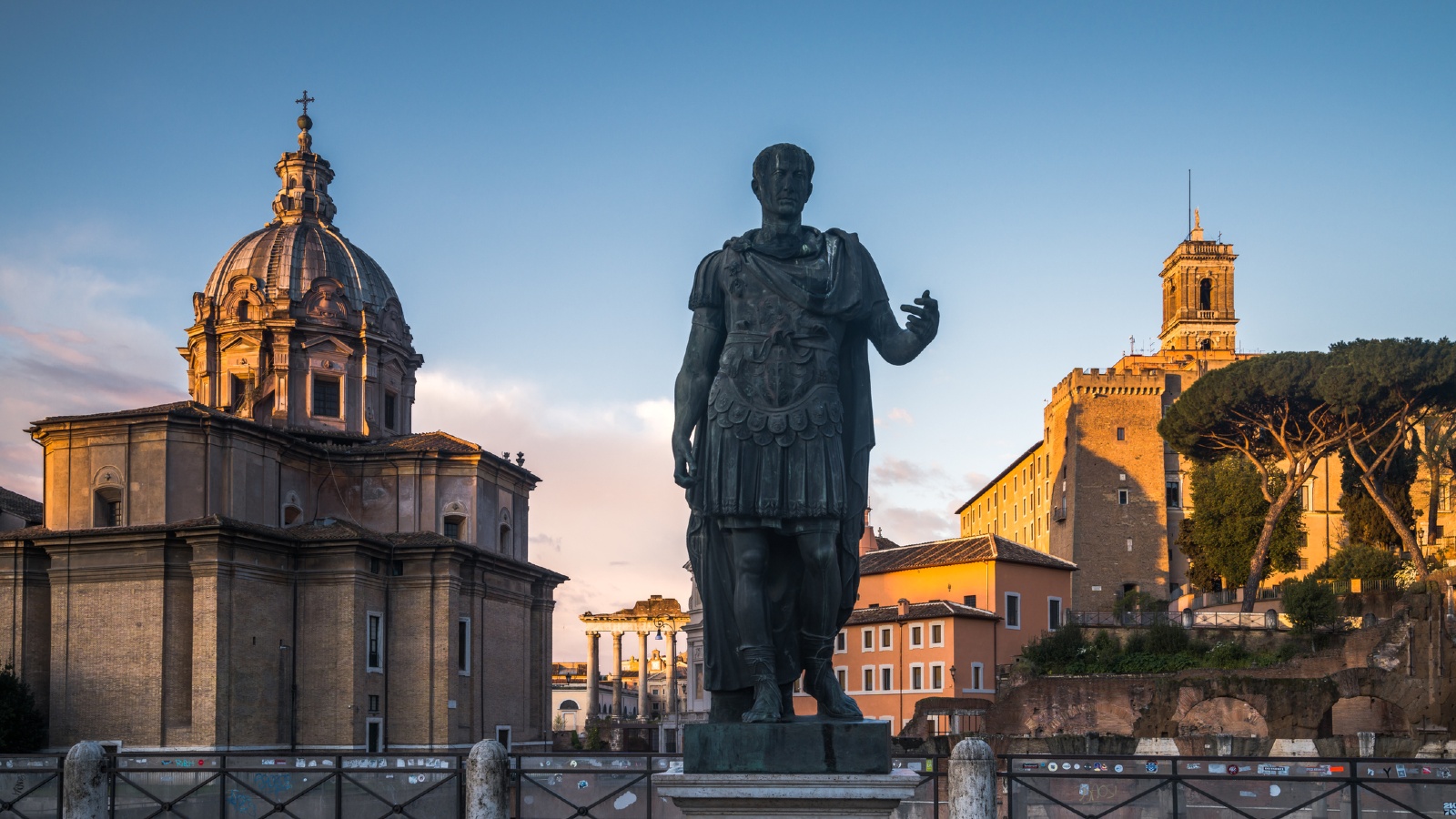Why do we have leap years? And how did they come about?
Feb. 29 comes only once every four years (most of the time), but why do we need leap years and how did they come about?

Feb. 29 is a date that happens only once every four years, but what are leap years? Why do we need them? And how did they come about?
Leap years are years with 366 calendar days instead of the normal 365. They happen every fourth year in the Gregorian calendar — the calendar used by the majority of the world. The extra day, known as a leap day, is Feb. 29, which does not exist in non-leap years. Every year that is divisible by four, such as 2020 and 2024, is a leap year except for some centenary years, or years that end in 00, such as 1900. (We'll explain why further down.)
The name "leap" comes from the fact that from March onward, each date of a leap year moves forward by an extra day from the previous year. For example, March 1, 2027 will be a Monday but in the next leap year, 2028, it will fall on a Wednesday. (Normally, the same date only moves forward by a single day between consecutive years.)
Related: Earth's core wobbles every 8.5 years, new study suggests
Other calendars, including the Hebrew calendar, Islamic calendar, Chinese calendar and Ethiopian calendar, also have versions of leap years, but these years don't all come every four years and often occur in different years than those in the Gregorian calendar. Some calendars also have multiple leap days or even shortened leap months.
In addition to leap years and leap days, the Gregorian calendar also has a handful of leap seconds, which have sporadically been added to certain years — most recently in 2012, 2015 and 2016. However, the International Bureau of Weights and Measures (IBWM), the organization responsible for global timekeeping, will abolish leap seconds from 2035 onward.
Why do we need leap years?
On the face of it, all of this "leaping" may seem like a silly idea. But leap years are very important, and without them our years would eventually look very different.
Get the world’s most fascinating discoveries delivered straight to your inbox.
Leap years exist because a single year in the Gregorian calendar is slightly shorter than a solar, or tropical, year — the amount of time it takes for Earth to completely orbit the sun once. A calendar year is exactly 365 days long, but a solar year is roughly 365.24 days long, or 365 days, 5 hours, 48 minutes and 56 seconds.
If we did not account for this difference, then for each year that passes the gap between the start of a calendar year and a solar year would widen by 5 hours, 48 minutes and 56 seconds. Over time, this would shift the timing of the seasons. For example, if we stopped using leap years, then in around 700 years the Northern Hemisphere's summer would begin in December instead of June, according to the National Air and Space Museum.
Related: How many times has Earth orbited the sun?
Adding leap days every fourth year largely removes this problem because an extra day is around the same length as the difference that accumulates during this time.
However, the system is not perfect: We gain around 44 extra minutes every four years, or a day every 129 years. To solve this problem, we skip the leap years every centenary year except for those that are divisible by 400, such as 1600 and 2000. But even then, there is still a tiny difference between calendar years and solar years, which is why the IBWM have experimented with leap seconds.
But overall, leap years mean that the Gregorian calendar stays in sync with our journey around the sun.
When was the last leap year? When is the next leap year?
| 2024 | 2028 | 2032 |
|---|---|---|
| Thursday, Feb. 29, 2024 | Tuesday, Feb. 29, 2028 | Sunday, Feb. 29, 2032 |
The history of leap years
The idea of leap years dates back to 45 B.C. when the Ancient Roman emperor Julius Caesar instituted the Julian calendar, which was made up of 365 days separated into the 12 months we still use in the Gregorian calendar. (July and August were originally named Quintilis and Sextilis respectively but were later renamed after Julius Caesar and his successor Augustus.)
The Julian calendar included leap years every four years without exception and was synced up to Earth's seasons thanks to the "final year of confusion" in 46 B.C., which included 15 months totaling 445 days, according to the University of Houston.
For centuries, it appeared that the Julian calendar worked perfectly. But by the mid-16th century, astronomers noticed that the seasons were beginning around 10 days earlier than expected when important holidays, such as Easter, no longer matched up with specific events, such as the vernal, or spring, equinox.
To remedy this, Pope Gregory XIII introduced the Gregorian calendar in 1582, which is the same as the Julian calendar but with the exclusion of leap years for most centenary years (as outlined above).
For centuries, the Gregorian calendar was only used by Catholic countries, such as Italy and Spain, but it was eventually adopted by Protestant countries, such as Great Britain in 1752, when their years began to greatly deviate from Catholic countries.
Because of the discrepancy between calendars, countries that later switched to the Gregorian calendar had to skip days to sync up with the rest of the world. For example, when Britain swapped calendars in 1752, Sept. 2 was followed by Sept. 14, according to the Royal Museums Greenwich.
At some point in the distant future, the Gregorian calendar may have to be re-evaluated as it slips out of sync with solar years. But it will take thousands of years for this to happen.
Why is leap day on Feb. 29?
In the eighth century B.C., the Roman calendar had just 10 months, beginning in March and ending in December. The cold winter season was ignored, with no months to signify it. But this calendar had only 304 days, so January and February were eventually added to the end of the religious year. As the last month, February had the fewest days. But Romans soon began associating these months with the start of the civil year, and by around 450 B.C., January was viewed as the first month of the new year.
When Pope Gregory XIII added the leap day to the Gregorian calendar in 1582, he chose February because it was the shortest month, making it one day longer on leap years.

Harry is a U.K.-based senior staff writer at Live Science. He studied marine biology at the University of Exeter before training to become a journalist. He covers a wide range of topics including space exploration, planetary science, space weather, climate change, animal behavior and paleontology. His recent work on the solar maximum won "best space submission" at the 2024 Aerospace Media Awards and was shortlisted in the "top scoop" category at the NCTJ Awards for Excellence in 2023. He also writes Live Science's weekly Earth from space series.





